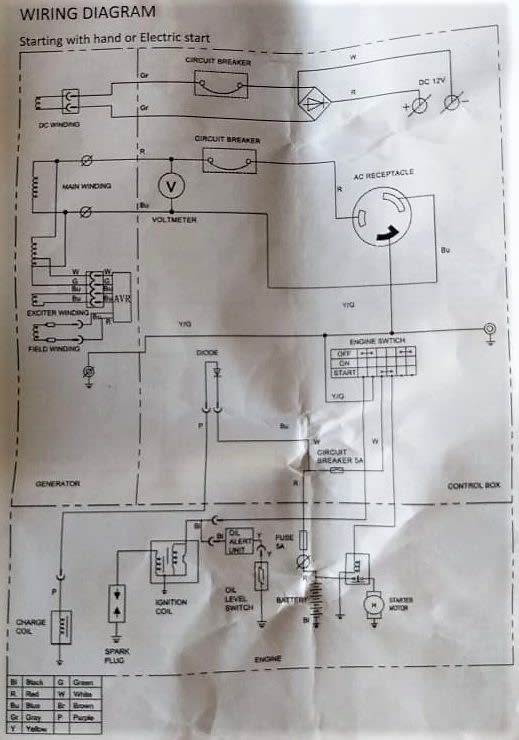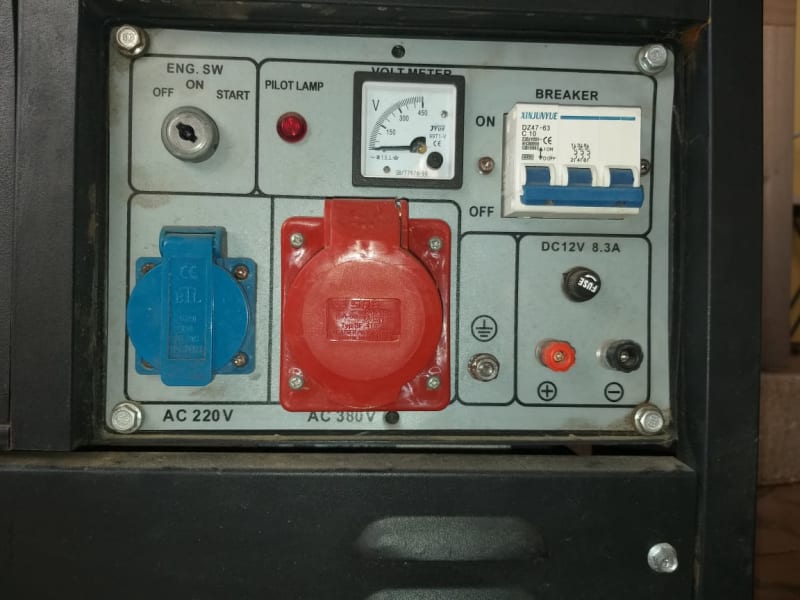sparkview
Electrical
- Nov 12, 2015
- 59
Hi folks,
A friend of mine got a portable 2.2kVA generator as a gift. However, the household electrical grid is 60Hz 127/220V, and hence most appliances are 60Hz. My friend wants to use the generator as a backup to supply an air condition (inverter type). What can be the consequences of connecting the 60Hz on a 50Hz supply? I know for a fact that the compressor might "run" slower, however, the A/C contains mostly electronic components.
Is there another solution to use the generator either way? Probably with a frequency converter or some form of increasing the engine RPM?
Find attached the generator specs.
Thanks in advance for any help.
Kind regards,
Jairo
A friend of mine got a portable 2.2kVA generator as a gift. However, the household electrical grid is 60Hz 127/220V, and hence most appliances are 60Hz. My friend wants to use the generator as a backup to supply an air condition (inverter type). What can be the consequences of connecting the 60Hz on a 50Hz supply? I know for a fact that the compressor might "run" slower, however, the A/C contains mostly electronic components.
Is there another solution to use the generator either way? Probably with a frequency converter or some form of increasing the engine RPM?
Find attached the generator specs.
Thanks in advance for any help.
Kind regards,
Jairo



